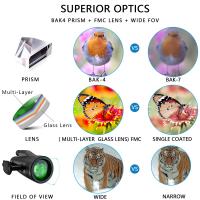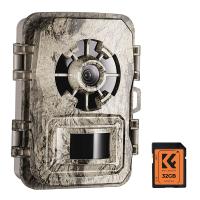How Do P2p Wifi Cameras Work ?
P2P (peer-to-peer) WiFi cameras work by connecting directly to a user's smartphone or computer without the need for a central server or network video recorder (NVR). These cameras create their own WiFi network, which users can connect to using their mobile devices or computers. Once connected, users can access the camera's live feed, recordings, and settings through a dedicated app or web interface.
P2P WiFi cameras use advanced encryption protocols to ensure that the data transmitted between the camera and the user's device is secure. They also typically offer motion detection and alert notifications, allowing users to receive alerts when the camera detects movement in its field of view.
Overall, P2P WiFi cameras offer a convenient and cost-effective way to monitor homes, businesses, and other locations without the need for complex network setups or expensive equipment.
1、 Wireless Communication Protocols
How do P2P WiFi cameras work? P2P (peer-to-peer) WiFi cameras work by connecting directly to a user's smartphone or computer without the need for a central server or cloud-based storage. These cameras use wireless communication protocols such as WiFi, Bluetooth, or Zigbee to establish a direct connection between the camera and the user's device.
When a user sets up a P2P WiFi camera, they typically download an app that allows them to connect to the camera. The app will then scan for nearby cameras and establish a direct connection with the camera using the wireless communication protocol. Once connected, the user can view live video feeds, control the camera's movements, and access stored footage.
One of the benefits of P2P WiFi cameras is that they do not require a central server or cloud-based storage, which can be more secure and private. However, this also means that the user is responsible for storing and managing their own footage.
The latest point of view on P2P WiFi cameras is that they are becoming increasingly popular due to their ease of use and affordability. However, there are concerns about the security of these cameras, as they can be vulnerable to hacking and unauthorized access. It is important for users to take steps to secure their cameras, such as using strong passwords and keeping their firmware up to date.
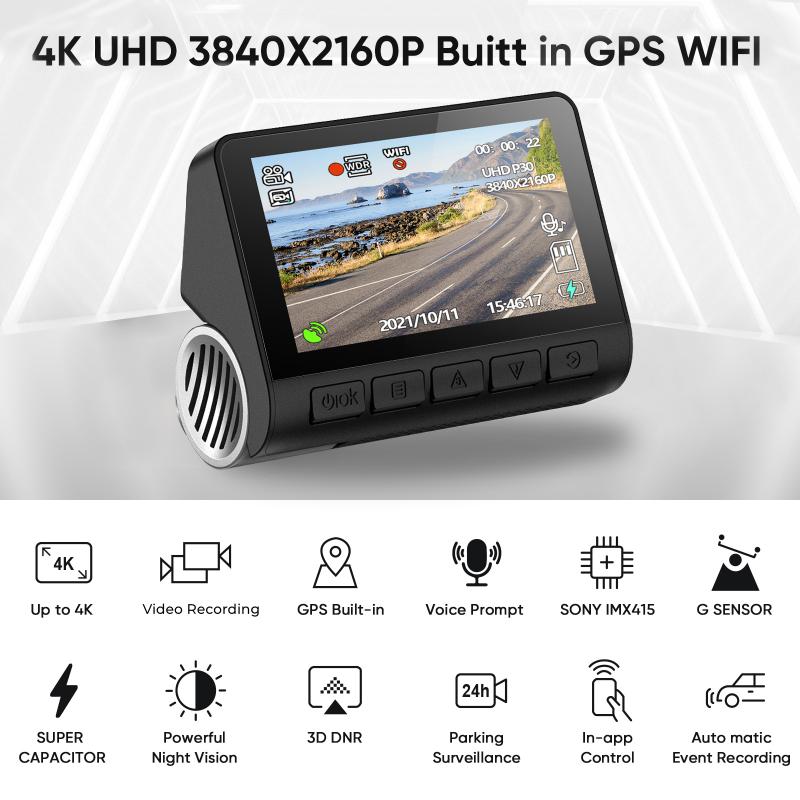
2、 Network Topology
How do P2P WiFi cameras work? P2P (peer-to-peer) WiFi cameras work by connecting directly to a user's smartphone or computer without the need for a central server or network. This means that the camera can be accessed remotely from anywhere in the world, as long as there is an internet connection available.
The camera creates its own WiFi network, which the user's device can connect to. Once connected, the user can access the camera's live feed, view recorded footage, and control the camera's settings. This direct connection between the camera and the user's device is what makes P2P WiFi cameras so popular, as it eliminates the need for complicated network setups and allows for easy remote access.
In terms of network topology, P2P WiFi cameras use a decentralized topology, where each camera acts as its own node in the network. This means that there is no central server or network controlling the cameras, and each camera can communicate directly with the user's device.
The latest point of view on P2P WiFi cameras is that they are becoming increasingly popular due to their ease of use and affordability. They are commonly used for home security, baby monitoring, and pet monitoring, as they provide a simple and convenient way to keep an eye on things remotely. However, there are concerns about the security of P2P WiFi cameras, as they can be vulnerable to hacking and unauthorized access. It is important for users to take steps to secure their cameras, such as using strong passwords and keeping their firmware up to date.
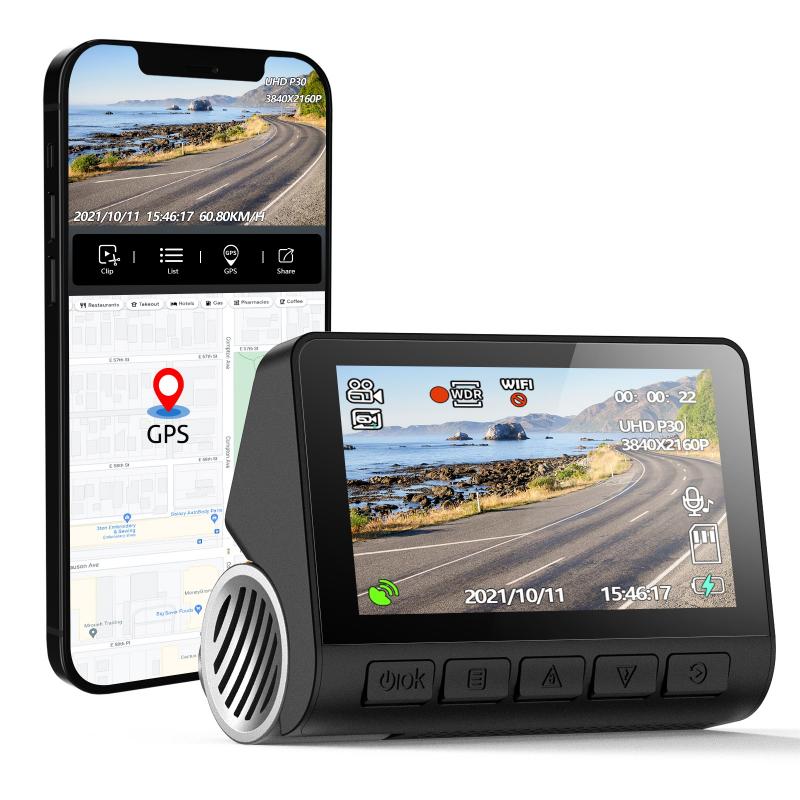
3、 Video Compression
P2P (peer-to-peer) WiFi cameras work by connecting directly to a user's home WiFi network, allowing for remote access and monitoring through a smartphone app or web browser. These cameras use advanced video compression technology to transmit high-quality video footage over the internet without consuming excessive bandwidth.
Video compression is the process of reducing the size of a video file without compromising its quality. P2P WiFi cameras use various compression algorithms such as H.264 and H.265 to compress video footage before transmitting it over the internet. These algorithms use complex mathematical calculations to remove redundant data from the video stream, resulting in a smaller file size.
The latest point of view on video compression is that newer algorithms such as H.265 (also known as HEVC) offer even better compression rates than H.264, resulting in even smaller file sizes and less bandwidth consumption. This is particularly important for P2P WiFi cameras, as they rely on a stable internet connection to transmit video footage in real-time.
In addition to video compression, P2P WiFi cameras also use advanced encryption protocols to ensure the security of the video stream. This includes using SSL/TLS encryption to protect the connection between the camera and the user's device, as well as AES encryption to secure the video footage itself.
Overall, P2P WiFi cameras offer a convenient and reliable way to monitor your home or business remotely. With advanced video compression and encryption technology, these cameras provide high-quality video footage without consuming excessive bandwidth or compromising security.
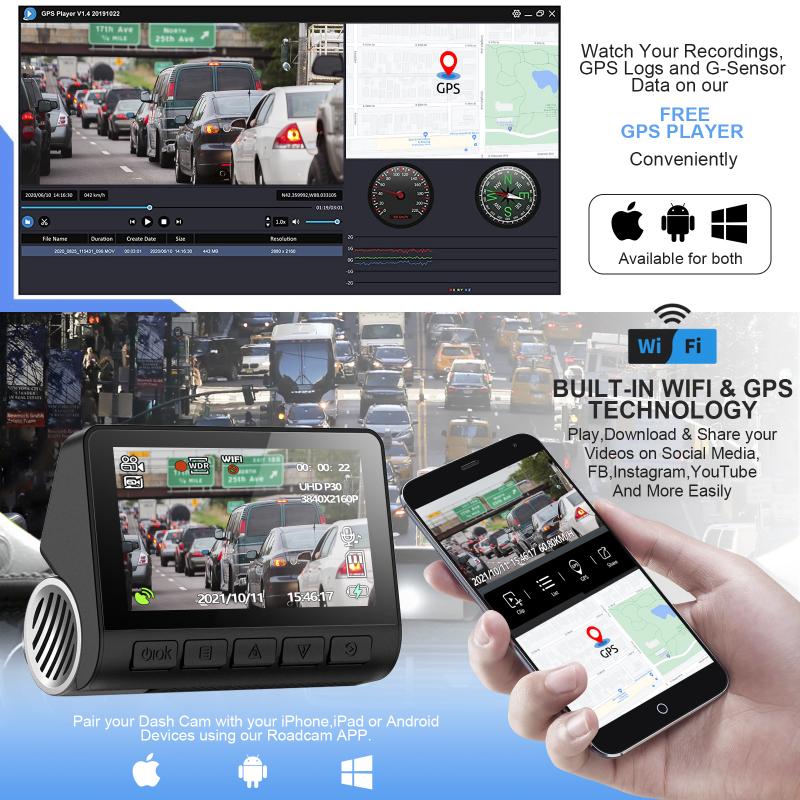
4、 Security Measures
How do p2p wifi cameras work?
P2P (peer-to-peer) wifi cameras work by connecting directly to a user's home wifi network, allowing the user to access the camera's live feed and recordings remotely through a smartphone app or web browser. Unlike traditional IP cameras, which require a central server to manage the connection between the camera and the user's device, p2p cameras use a decentralized network architecture that allows for direct communication between the camera and the user's device.
One of the key benefits of p2p wifi cameras is that they are generally easier to set up and use than traditional IP cameras. Because they don't require a central server, users can typically set up and configure the camera themselves without needing to hire a professional installer. Additionally, p2p cameras often come with user-friendly smartphone apps that make it easy to view live feeds, adjust settings, and receive alerts when motion is detected.
However, it's important to note that p2p wifi cameras can also pose security risks if not properly configured. For example, if the camera's default login credentials are not changed, an attacker could potentially gain access to the camera's live feed and recordings. To mitigate these risks, users should always change the default login credentials, keep their camera's firmware up to date, and ensure that their home wifi network is secured with a strong password and encryption.
In summary, p2p wifi cameras offer a convenient and user-friendly way to monitor your home or business remotely, but it's important to take appropriate security measures to protect your privacy and prevent unauthorized access.





















